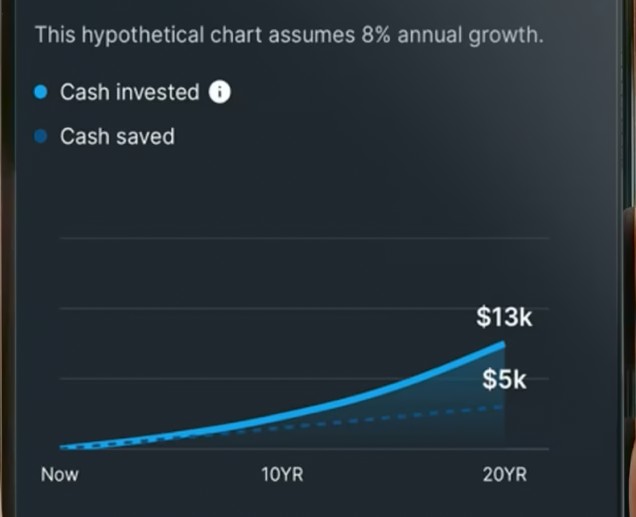Introduction: Why Utility Bill Management Matters More Than Ever
Have you ever opened your monthly utility bill and felt your heart sink? You’re not alone. For many American families, electricity, water, gas, and heating costs account for a significant chunk of monthly expenses. With energy prices on the rise (U.S. Energy Information Administration), effective utility bill management has become more important than ever.
Here’s the good news: managing your bills doesn’t mean sacrificing comfort or convenience. By making smart, sustainable, and practical adjustments, you can take control of your utility costs, reduce financial stress, and enjoy the peace of mind that comes with knowing your home runs efficiently.
This guide will break down utility bill management into actionable steps—covering everything from understanding your bills to investing in energy-efficient appliances, adopting smart technology, and developing cost-saving habits that last.
Understanding Your Utility Bills
Utility bills can feel confusing, filled with terms, charges, and units that aren’t always easy to interpret. But learning how to decode your bill is the first step toward better management.
-
Electricity: Measured in kilowatt-hours (kWh). Seasonal spikes often happen in summer (air conditioning) and winter (heating).
-
Gas: Measured in therms or cubic feet. Costs rise significantly during colder months.
-
Water & Sewer: Measured in gallons or cubic feet. Rates vary by household size and local pricing structures.
Most providers also include a usage history graph, which helps you compare current and past consumption. Spotting unusual spikes can reveal hidden problems, like a leaky faucet or an inefficient appliance.
👉 Tip: The EPA’s Energy Star guide is a great resource for understanding how much energy household appliances typically consume.
Energy-Efficient Appliances: Invest Now, Save Later
Upgrading to energy-efficient appliances may feel expensive at first, but the long-term savings often pay for themselves.
-
Look for the Energy Star label, which indicates the appliance meets U.S. government energy efficiency standards.
-
Energy-efficient refrigerators, washers, and dishwashers consume 20–40% less energy than older models.
-
Check for state rebates and incentives through Energy.gov.
💡 Example: Replacing an old refrigerator with an Energy Star model can save $200+ per year on electricity bills. That’s money you can redirect toward savings or family activities.
Smart Thermostats: Comfort Meets Savings
Heating and cooling systems are often the biggest contributors to utility bills. Smart thermostats give you control, flexibility, and automation.
-
Program your thermostat around your daily schedule (cooler when you’re at work, warmer when you’re home).
-
Many models integrate with smartphones, letting you adjust temperatures remotely.
-
Learning thermostats like Nest or Ecobee analyze your habits and optimize automatically.
According to the U.S. Department of Energy, adjusting your thermostat by 7–10°F for 8 hours a day can save up to 10% annually on heating and cooling bills.
Insulation and Weatherization: Stop Wasting Money
Poor insulation is like throwing money out the window—literally.
-
Seal gaps with caulk and weatherstripping.
-
Add insulation to attics, basements, and crawl spaces.
-
Install double-pane windows or use thermal curtains.
👉 Test for leaks: Light a candle and move it near doors and windows. If the flame flickers, you’ve found a draft that’s costing you money.
Proper insulation means your HVAC system works less, saving both energy and money.
Water Conservation: Small Fixes, Big Results
Water bills often creep up without notice. But managing water use can save hundreds of dollars per year.
-
Fix leaks immediately—a dripping faucet can waste 3,000 gallons annually (EPA WaterSense).
-
Install low-flow showerheads and faucets.
-
Upgrade to WaterSense-labeled toilets that use less than 1.28 gallons per flush.
-
Use drought-resistant landscaping to minimize outdoor water use.
Collecting rainwater for gardens or lawns is another eco-friendly way to reduce reliance on municipal water.
Adjusting Habits: Everyday Savings That Add Up
Utility bill management isn’t just about tech and upgrades—it’s about daily habits.
-
Turn off lights when leaving a room.
-
Air dry clothes instead of using the dryer.
-
Run dishwashers and washing machines only when full.
-
Use natural light during the day to reduce reliance on bulbs.
Small lifestyle tweaks can save $20–$50 per month, adding up to significant annual savings.
Peak Hours and Utility Tariffs: Timing Matters
Electricity isn’t priced the same throughout the day. Utility companies charge more during peak hours (usually mornings and evenings).
-
Run appliances like washing machines and dishwashers during off-peak hours (late night or midday).
-
Ask your provider about time-of-use (TOU) plans, which reward shifting usage to non-peak hours.
According to EnergySage, shifting 20% of your energy use to off-peak hours can cut bills by 5–15%.
Renewable Energy Options: Think Long-Term
For homeowners willing to make a long-term investment, solar panels or community solar programs can drastically reduce bills.
-
Federal tax credits cover up to 30% of installation costs (IRS Clean Energy Credit).
-
Many states also offer additional incentives and net-metering programs.
-
Households can save $1,000+ per year on electricity bills with solar.
This option isn’t immediate, but it’s worth exploring if you want to achieve energy independence.
Conclusion: Utility Bill Management Is About Control
Utility bill management is not about living in discomfort—it’s about taking control of your finances and energy use.
By:
-
Understanding your bills,
-
Upgrading to efficient appliances,
-
Using smart thermostats,
-
Conserving water, and
-
Adjusting daily habits—
—you can cut costs while enjoying the same comfort and convenience at home.
The result? Lower stress, more savings, and a healthier environment for your family.
Start small. Even one change—like sealing drafts or switching to LED bulbs—can make a difference. Over time, those small steps add up to big financial wins and lasting comfort.
FAQs About Utility Bill Management
1. What is the most effective way to reduce utility bills?
Start with energy efficiency: seal drafts, upgrade appliances, and adjust thermostat settings. These steps create immediate savings.
2. Do smart thermostats really save money?
Yes. Studies show smart thermostats save households 8–10% annually on heating and cooling.
3. How much water can low-flow fixtures save?
A WaterSense showerhead can save a family 2,700 gallons per year without reducing water pressure.
4. Is solar power worth it for utility bill management?
For many U.S. households, yes—especially with tax credits and state incentives. Payback typically occurs within 6–10 years.
5. How can I track my utility usage more effectively?
Use your provider’s online dashboard, or apps like Sense and EnergyHub to track real-time usage.












